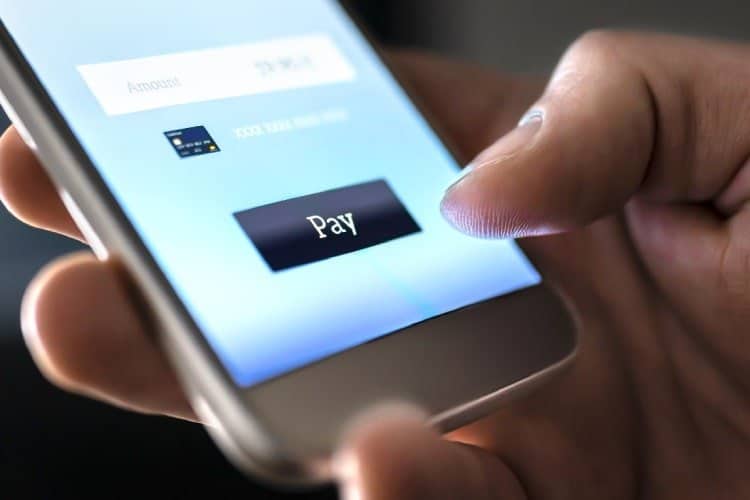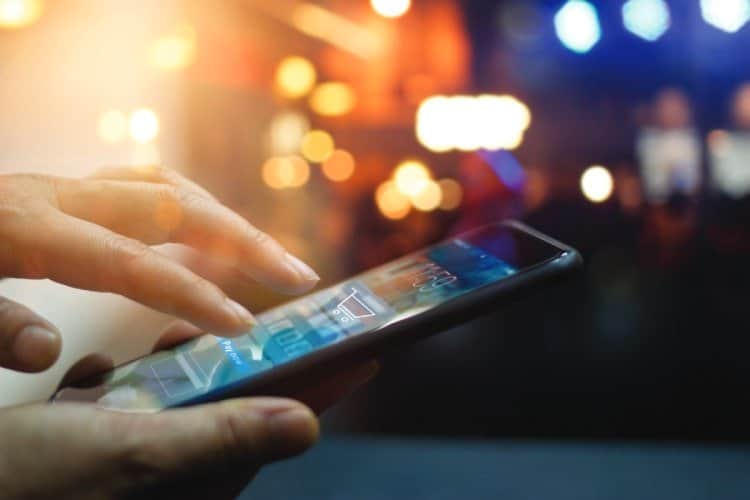And with that, Mr. Infomercial, what are consumers purchasing? What’s in your physical or virtual shopping cart?
I grew up in a Ron Popeil family; to start any dinner prep work, we all first had to shout, “set it and forget it.” But the distribution of such items has changed over the last 20 years. What once required a midnight to 2am viewing along with sending cash, check or money order to a PO box has turned into mass distribution networks driven by the largest of retailers. For instance, I picked up a “comfort click” belt last week, and I was able to check out via a mobile pay option… times they are a changing!
Oh, you’re looking svelt these days (must be the belt)…just in time for the unofficial start of summer and speedo season (as we’ve referenced once or twice—see the Payment Ring/Soggy Bill conversation from Brazil). So you’re on the cutting edge and early adopter, when it comes to most things, certainly when it comes to payments. It’s no surprise that you went the mobile payment route. But what about those consumers who are itching to buy something like a Rhythm Rocker or a Shake Weight? Are they using mobile or are they paying with checks (cheques) or via even the older school COD?
In reality, for some of these items, or should we say contraptions, the stereotypical demographic purchasing these items at 2AM is likely going the COD route.
All I can think of is K-Tel albums right now. What exactly is a COD and why would someone go this route? Especially as many of our readers are Millennials who’ve likely never heard of or seen the term (they might think COD is a fish that’s great when fried and combined with fries/chips).
COD, or cash on delivery, or even more common today, collect on delivery, was initially created to increase impulse purchases as well as increase reputations for merchants (i.e., “you don’t need to pay us until you have the goods in hand”). In some regions of the world, this has taken a somewhat more refined approach of escrow services.
Let’s expand on escrow services.
As you purchase the good, money goes into an account where it’s held until you, the consumer, approve it (the good) upon delivery.
So that’s why collect on delivery is still applicable today?
Correct. And note that much of this (in terms of the applicability) is based on where consumers reside globally.
How about other demographics like age—does age come into play?
There’s an evolution—we’ve moved from less infomercial to more commercial when it comes to these products. In all honesty, my dad still seems to be buying “golden hits from the 70s” CDs based on TV spots, his car is literally littered with collections and CD jackets.
How did he pay for the item/s?
Credit card. And this goes back to demographics. My dad is a credit card user who can make impulse purchases quickly and easily—this is similar to how we think about mCommerce and eCommerce today, but 20 or 30 years ago, that demographic and their consumer habits were significantly different (you were still hearing the scratching of a dial up modem at that point…).
How about the unbanked or underbanked who might not have access to a credit or debit card (although in growing instances worldwide, have access to mobile devices)?
They’re likely using the technology and/or financial tools at their disposal. In many regions, that’s the mobile device.
So we’re dealing with an increase in mCommerce, not infomercial commerce?
Or you could say infomercials and mCommerce were both based on impulse purchasing… either way I hope infomercials don’t disappear. I would hate for my daughters to not understand where “it’s that easy” or “for only 4 installments of 19.99” comes from… the poor youth.




